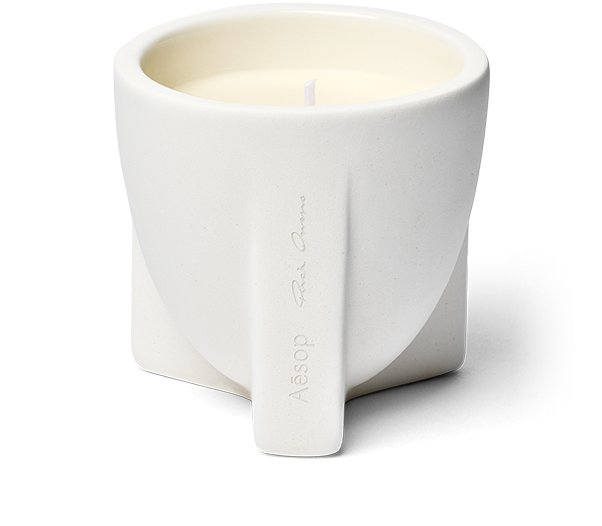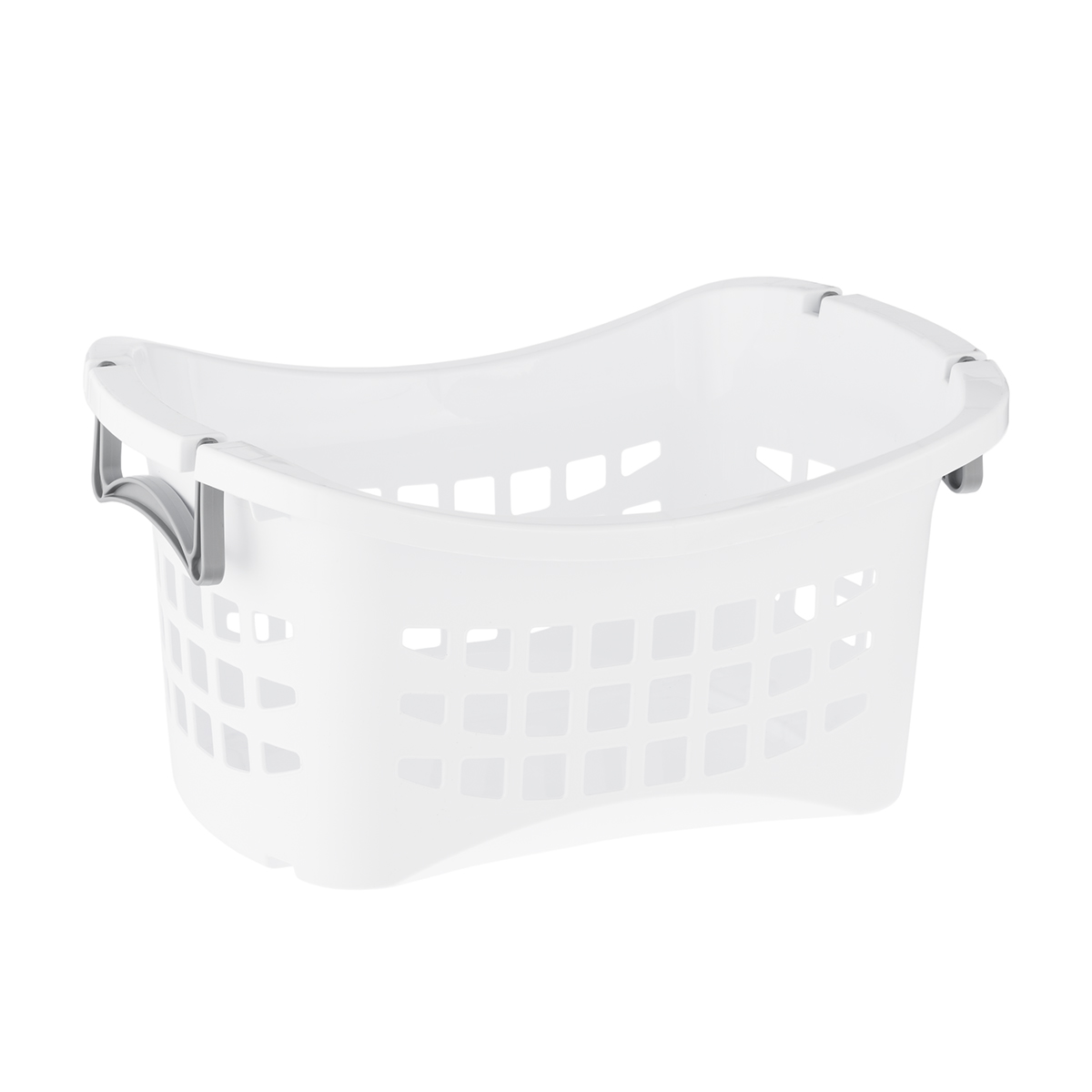Costway Black Kitchen Island 2-Door Storage Cabinet Stainless Steel Top with Drawers
The key to keep a neat kitchen or create a convenient dining environment is bringing the kitchen cart home. It features a stainless steel countertop which is characterized by higher sturdiness and easier cleaning.
The key to keep a neat kitchen or create a convenient dining environment is bringing the kitchen cart home. It features a stainless steel countertop which is characterized by higher sturdiness and easier cleaning. And it rolls to anywhere you want thanks to smooth-rolling wheels. Instead of ordinary 4-wheel design, this unique kitchen cart is equipped with 5 wheels, ensuring higher stability and larger weight capacity. Besides, a spice storage shelf and towel rack allows quick access to the spice bottles and kitchen towel when you need them. The kitchen island will appeal to your guest and family because its elegant design. Other features include 2 adjustable shelves inside the bottom cabinet and 3 drawers.
- Ultra Wide Stainless Steel Countertop: The kitchen cart adopts stainless steel countertop rather than ordinary wood one. It shall provide longer service time due to its ex cellent durability while bringing much more convenience in daily cleaning. Also, wide countertop leaves you no worry about the lack of place to prepare foods for your family.
- Large Bottom Cabinet & 3 Drawers: There is a bottom cabinet aimed at providing large enough space for your all sorts of kitchen supplies, to help you keep a neat kitchen environment. 3-Position adjustable shelves inside allows you to customize storage space with great convenience. Additionally, you are capable of classifying items by means of 3 slide-out drawers.
- Move it to Anywhere You Want: The kitchen cart is equipped with 360° smooth-rolling wheels so as to allow it for free mobility when you want to move it from kitchen to dining room. And 2 of wheels have brakes for emergency lock. In addition, an additional wheel in the middle can not only increase the load bearing capacity but also make it easier to move around.
- Convenient Towel Holder & Spice Rack: Attached with a spice storage shelf and a towel rack at side, the kitchen cart makes it easier for you to get both spice bottles and towel. Plus, additional bar in front of the spice storage shelf plays dual role as a handle to facilitate moving and as a bracket to prevent bottles falling down.
- Add Aesthetic Beauty to Your House: Besides making good use of furnishes to keep home as neat as possible, it is important to create a charming decoration as well. And this kitchen cart makes it. Its elegant design with pure white looking will perfectly match well with other furniture and add aesthetic beauty to your living surroundings, whether in kitchen, or dining room.
- Color:Black
- Material: Stainless Steel, MDF
- Overall Dimension: 53”x 18”x 36”(Lx Wx H)Countertop Size: 44.5”x 18”(Lx W)
- Net Weight: 90.5 lbsWeight Capacity of Countertop: 135 lbsWeight Capacity of Each Shelf: 22 lbsWeight Capacity of Each Drawer: 9 lbs
- Package Includes:1 x Kitchen Island1 x Instruction
Additional information
| Dimensions | H 36 in, W 53 in, D 18 in |
|---|---|
| Depth | Narrow (Under 21 in.) |
| Width | Standard (40-55 in.) |
| Manufacturer Warranty | 3-Month |






by John
The instructions were very clear and easy to follow. It came out beautifully and I am very happy that I purchased it. It is better than I expected.
by Tokima
I absolutely love my island .Is suites all purposes in my kitchen and is a perfect match. The quality is great!
by Danielle
It’s look like the picture 2 hr to get it together but very nice just wish shipping was not two weeks.
by Dora
I like my kitchen island.
by Amber
It took me 3 hours to assemble alone. I work a desk job so no I’m no contractor but if you’ve ever put together nearly anything, you can put this together. Yes it comes with a lot of parts and pieces, before you begin assembly check off the items on the list to make sure you aren’t missing anything, mine was all there. Not all were labeled but were obvious what they were since they were the only piece of that kind. I chose to leave wheels off. Fits my space perfectly.
by Willie
Putting this item together was a fun project for both my husband and I. I am an avid furniture mover, so I love the wheels. I can move this gem whenever and wherever I desire. Today I am purchasing another one so I can pair the one I already have with the one purchased today to replace a stationary island I currently have in my kitchen. Now I will be able to put them side by side or length ways for all my entertaining requirements. I would definitely recommend this item for its versatility.
by Jacqueline
It looks really good in my kitchen